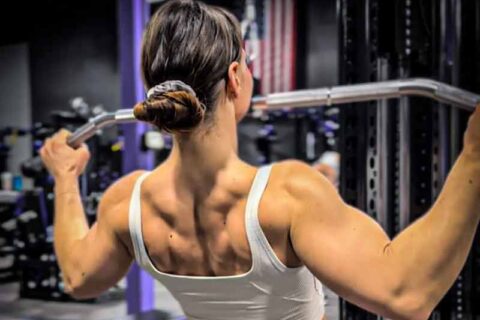The Different Mechanisms That Lead to Muscle Hypertrophy

Muscle hypertrophy, also known as muscle growth, occurs when the size of muscle fibers increases due to an increase in protein synthesis.
Here are the different mechanisms that lead to muscle hypertrophy…
Mechanical Tension
Mechanical tension is created when the muscle fibers are placed under stress or tension, such as during resistance training. This tension causes damage to the muscle fibers, which then triggers the process of muscle repair and growth.
Muscle Damage
Muscle damage occurs when the muscle fibers are broken down during exercise, which triggers the process of muscle repair and growth. This process involves the activation of satellite cells, which are responsible for repairing and regenerating damaged muscle fibers.
Hormonal Factors
Hormones such as testosterone, growth hormone, and insulin-like growth factor (IGF-1) play a role in muscle hypertrophy. Unless these hormones are out of whack….they will stimulate protein synthesis and muscle growth.
Nutrient Availability
Adequate nutrient availability, particularly protein, is essential for muscle hypertrophy. Protein provides the amino acids necessary for muscle repair and growth. The minimum amount of protein is place my clients on is 1 gram per pound of bodyweight.
Muscle hypertrophy is a complex process. It involves multiple mechanisms, including mechanical tension, muscle damage, hormonal factors, and nutrient availability. A combination of these factors, along with consistent resistance training, adequate nutrition, and proper recovery…will promote muscle growth.
Matt Brown Coach
